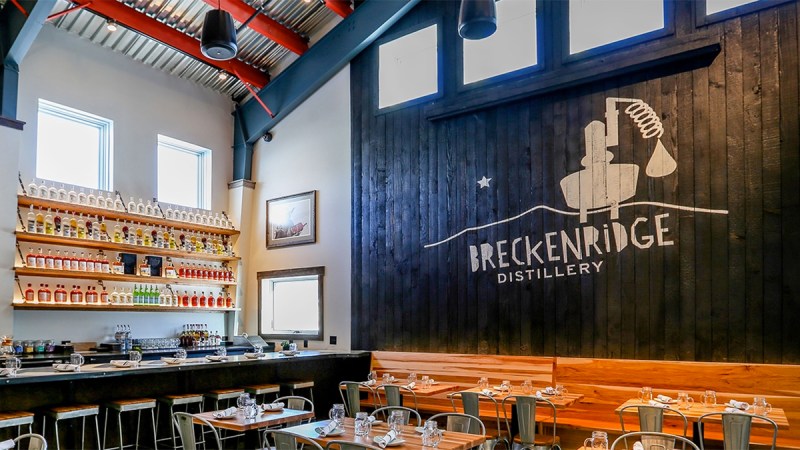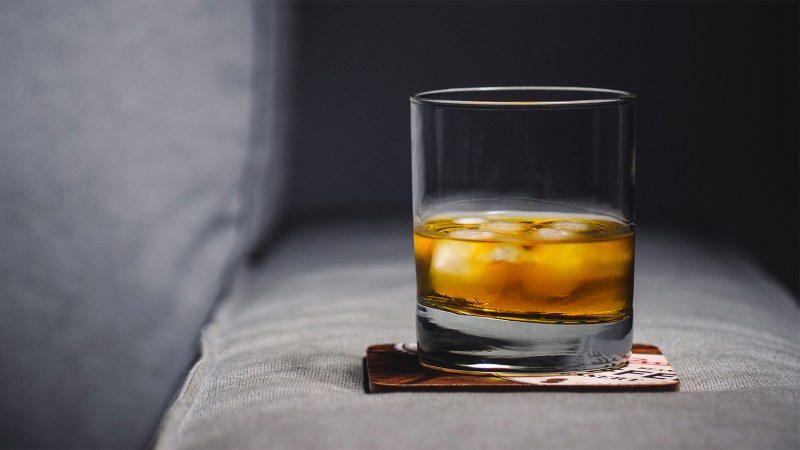
Seated at 9,600 feet above sea level, the Breckenridge, Colorado, facility specializes in small-batch bourbon, whiskey, and other liquors — all made with fresh snow-melt water from the Rocky Mountains. Scores of visitors drop in for tours to see the fermentation and distillation process firsthand, but for those who want to bring the experience home, Breckenridge offers an Age Your Own Bourbon Kit (sold in limited quantities, so make sure to inquire about when you can get one).
“It’s a lot of fun, great for conversation, and you learn a lot about whiskey,” says Breckenridge Distillery CEO Bryan Nolt. He gave The Manual a few pointers on how to age whiskey and explained why the kit is great for bourbon-making newbies.
What comes in the Age Your Own Bourbon Kit?
You get a mini barrel and two bottles of our unaged whiskey. There’s also directions on how to prep your barrel. You pour your two bottles into the barrel with a funnel and then put the bung in it — it’s like a little cork. After setting the barrel on a stand, you let it age. That bung has a little spout so you can sample it periodically to keep track of how it’s aging.
How long should you age the whiskey?
Let it ride for as long as you want. One thing to remember:Tthe interesting difference between a big barrel and a small one is that the smaller barrel puts a heck of a lot of oak in your spirit in a shorter period of time. That oak is really intense, but just let the whiskey keep going — those oak notes will mellow out and fade. Then the real character of the whiskey will start coming through. That will probably take about a year and a half.
Who would you say this kit is ideal for?
Beginners who are interested in whiskey and have never done anything like this before. Put it out on your bar when your friends come over — they’ll think it’s the coolest thing ever. Not only is it a great conversation piece, it’s a cool way to learn. You get it see how the whiskey slowly changes, taste it from the early stages and when it’s well-aged. Soon you’ll be able to distinguish young whiskeys from super oaky ones and tell when one needed more time in the barrel, just because you experienced making your own.



